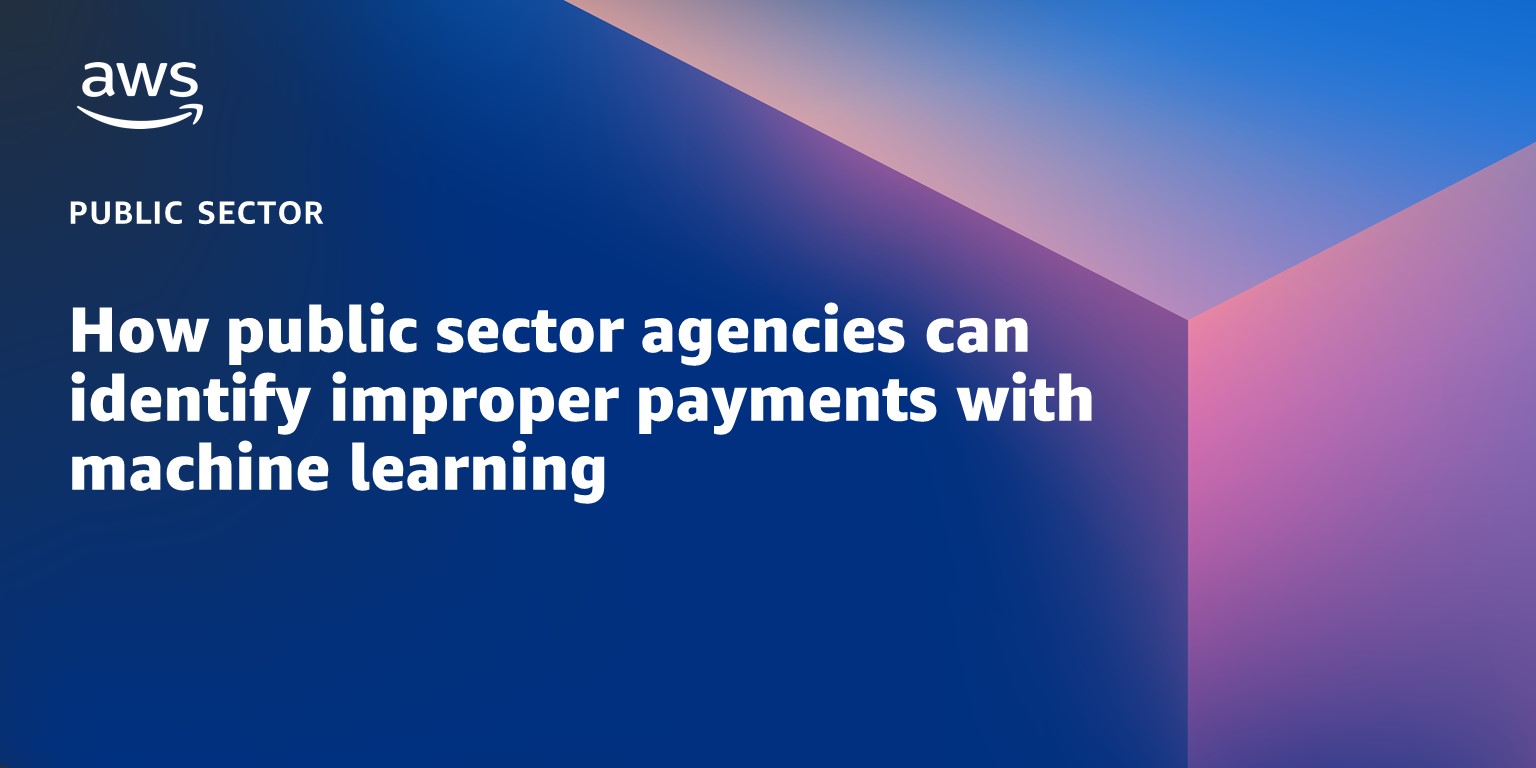AWS Public Sector Blog
Category: State or Local Government
How the Port of Long Beach addresses supply chain challenges with AWS
The Port of Long Beach, California is the second busiest port in the United States and needs to effectively process and oversee more than $200 billion worth of cargo each year. In addition to keeping track of items and effectively communicating with stakeholders, the Port in recent times has had to contend with shipping delays and other supply change issues exacerbated by the pandemic. To increase visibility and efficiency of cargo movement, the Port turned to AWS to pioneer an innovative solution in the cloud.
Last chance to register for the IMAGINE 2022 conference for education, state, and local leaders
The IMAGINE 2022 conference presented by AWS is fast approaching, but there’s still time to register your spot. On Wednesday, August 3, 2022 at the Seattle Convention Center in Seattle, Washington, the IMAGINE 2022 conference will bring together education, state, and local leaders for a full day of learning about the latest innovations and best practices in the cloud to help transform communities. Join other mission-driven leaders for a full day of learning at this in-person event that combines thought leadership sessions, fireside chats, and networking opportunities designed to leave you with inspiration, new connections, and tangible ideas to take back to your organization or institution.
How NRCan used an AWS open source solution to complete a PBMM evidence package in 60 days
Since signing a framework agreement with the Government of Canada (GC) in 2019, AWS has developed an open source solution to automate the deployment of security controls for GC customers, which can reduce the time it takes to achieve an Authority to Operate (ATO). Natural Resources Canada (NRCan) used this solution to implement their cloud landing zone controls aligned with the Protected B, Medium Integrity, Medium Availability (PBMM) profile. They worked with AWS Partner Kainos to complete an ATO evidence package in only 60 days—a process that typically takes 18 months.
How the City of Fort St. John increased access to government services with AWS
In 2020, the City of Fort St. John in British Columbia began searching for innovative solutions to make life more simple for its young population. City staff wanted to better serve residents in ways that would suit their busy, digitally connected lifestyles. So the city worked with Cocoflo, a smart cities technology company, to implement a digital solution that could make municipal information and services more accessible through their SmartLiving portal—powered by AWS.
How public sector agencies can identify improper payments with machine learning
To mitigate synthetic fraud, government agencies should consider complementing their rules-based improper payment detection systems with machine learning (ML) techniques. By using ML on a large number of disparate but related data sources, including social media, agencies can formulate a more comprehensive risk score for each individual or transaction to help investigators identify improper payments efficiently. In this blog post, we provide a foundational reference architecture for an ML-powered improper payment detection solution using AWS ML services.
AWS GovCloud (US) or standard? Selecting the right AWS partition
This blog post explores the options US public sector customers and their business partners should evaluate when selecting an AWS partition. We discuss the differences between AWS GovCloud (US) and the AWS standard partition and how to decide which partition may be the best match for your organization’s security, compliance, and availability needs.
Move data in and out of AWS GovCloud (US) with Amazon S3
Increasingly, AWS customers are operating workloads both in AWS GovCloud (US) and standard AWS Regions. Dependencies between workloads, changing data controls, or enrichment of data across multiple data levels are examples of business needs that may require moving data in and out of AWS GovCloud (US). In this blog post, I explain how to move data between Amazon Simple Storage Service (Amazon S3) buckets in the AWS GovCloud (US) and standard partitions.
Move data in and out of AWS GovCloud (US) with AWS DataSync
As public sector customers find increasing need to move data between the AWS GovCloud (US) partition and the standard partition, they need tools to help them lower their operational burden. In this blog post, I walk through how to use AWS DataSync to move data on network file system (NFS) shares between the two partitions.
Announcing the 12 startups selected for the AWS Sustainable Cities Accelerator
AWS is pleased to officially announce the innovative startups chosen to participate in the AWS Sustainable Cities Accelerator. These selected startups are developing groundbreaking solutions to help cities address sustainability challenges, like tackling traffic analysis, smart internet of things (IoT) lampposts, and much more. AWS launched the Sustainable Cities Accelerator program in March to help address the crucial need for innovation and collaborative solutions to address global climate and clean tech challenges. The 12 finalists in the cohort originate from four countries across North America, Latin America, and Europe, and represent a wide-range of innovative sustainable solutions.
Delivering homeowner assistance funds quickly to people in need with the cloud
To prevent citizens from falling behind on their mortgages, the federal government awarded states $10 billion from the Homeowner Assistance Fund (HAF), delivered under the American Rescue Plan Act of 2021. This funding required sign-off from the US Department of the Treasury to access and the funds needed to be distributed quickly. AWS customer ProLink Solutions supported states with rapidly designing and deploying new programs and workflows, which helped states acquire these funds and quickly deliver them to citizens in need.









